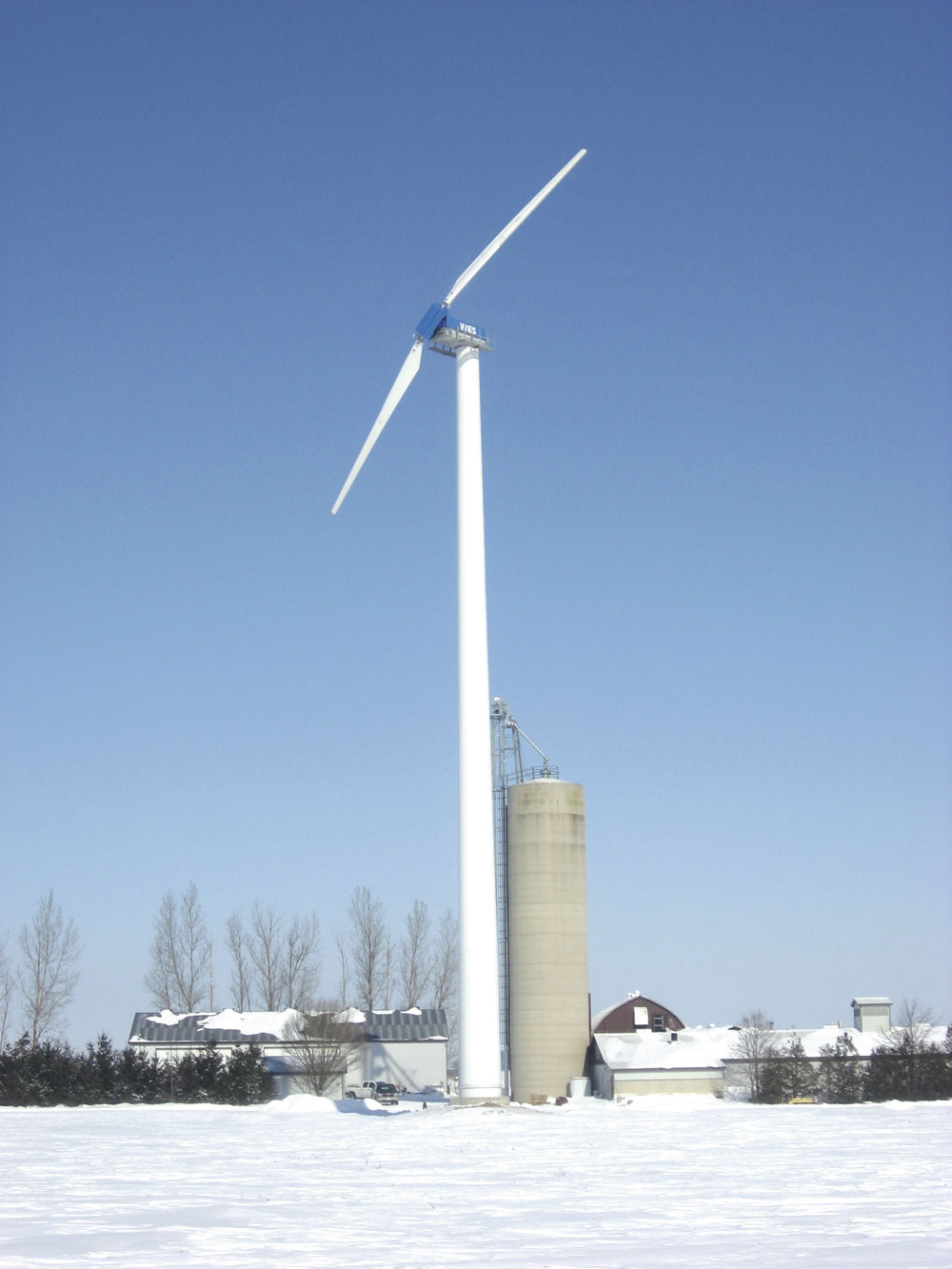Feed In Tariffs

Howard Crooks of Willow Energy Ltd, specialists in renewable and sustainable energy, explains the potential benefits for the quarrying industry
On 1 February 2010 The Department of Energy and Climate Change published the Government’s response to the summer 2009 consultation on Feed in Tariffs1. This document sets out the Government’s plans to encourage private investment in ‘small-scale’ renewable electricity generation through a system of financial incentives called Feed in Tariffs (FITs).
FITs have been something that sustainable energy groups in the UK have been lobbying for a number of years to stimulate the growth of private renewable generation and to allow individuals and small companies to participate in tackling climate change.
The FIT scheme provides a guaranteed payment for each unit of electricity generated by specified renewable technologies. Technologies covered include hydro, photovoltaic and wind, but for reasons of space and climate the technology most suited for quarries in the UK and Scotland, in particular, is wind.
While the scheme is primarily aimed at individuals and small generators the FITs are provided for generation up to 5.0MW (although the tariff reduces significantly above 500kW). The benefit of FITs is that they are paid to the generator for each unit of electricity generated whether or not the energy is used in the facility. Excess power not used on site is exported back to the grid and the generator can sell this at a market rate or receive a guaranteed rate of 3p per unit. A summary of the Feed in Tariffs for wind generation and the key points from the scheme are shown in table 1.
- The year a generator joins the scheme determines the generation tariff that will apply for the 20 years of tariff lifetime (eg if a 100kW generator joins in year 1 they would get 24.1p per unit for 20 years, but if they joined in year 3 it would be 23.0p for the 20-year period);
- A generator can elect to receive a guaranteed additional payment of 3p/kWh for exported power or seek a market rate from an energy supplier. Generators are allowed to swap from the guaranteed payment if market conditions mean that a better price can be obtained from an energy supplier;
- Multiple units will be treated as a single installation and will be placed in the tariff band that amounts to the sum of the maximum output. After 12 months from the installation of a scheme a generator can add a further turbine with no effect on the existing scheme, however the new scheme capacity would be taken as the aggregate of both schemes;
- Both the FITs and the export tariff are index linked for the 20 years of the scheme. The inflation index used is the RPI (retail price index) and this will be adjusted based on the end of calendar year figure.
It can be seen from the tariffs that they favour small-scale generation; however, it is with medium-sized generators that the tariffs provide real opportunities for the quarrying industry. Installing 500kW of wind turbine generation on a site with reasonable wind speeds can generate 1,200MWh of renewable electricity per annum, enough to make a significant impact in any quarry’s electricity bill. If it is assumed that a quarry can use 50% of the renewable energy generated, the income based on the FITs and a current power purchase price of 10p/kWh would be over £300,000 per annum. This return on an investment in the region of £1.0 million represents excellent payback.
The FIT element of the revenue is also index linked to the RPI, providing even greater returns over the life of the project. In recent years, most wind turbine manufacturers have moved out of medium-power turbine manufacture to take advantage of scale and now produce 1.0–2.0MW turbines. New turbines available in the medium (50–500kW) range that have a long and proven history of reliable operation at installations throughout Europe and the rest of the world are the WES18 and 30 models at 80kW and 250kW respectively.
There are a number of issues to be addressed in undertaking a wind turbine project but the quarrying industry has inherent advantages in overcoming these, especially in the two key areas of planning and grid connection:
- Quarries are often in remote upland locations where wind speed is generally higher and planning concerns can be avoided. Concerns raised by planning authorities are likely to include noise, visual impact and environmental impact, all of which become much less of an issue on a remote site;
- A quarry will often have an existing grid connection for importing power to machinery. It would normally be possible to connect into the low-voltage side of the incoming supply, thereby keeping connection costs to a minimum. It is necessary to obtain permission to connect as a generator and to obtain a ‘connection agreement’ from the grid operator, but at capacities of up to 500kW this is unlikely to be a problem.
Willow Energy distribute WES turbines and can provide a turnkey service including planning, grid connection and finance, to ensure turbine installation and ongoing maintenance is trouble-free.
As stated at the start of this article, the aim of FITs is to encourage individuals, companies and communities to participate in tackling climate change. The installation of 500kW of wind generation could save 500 tonnes of CO2 per annum. For many quarries this would result in a negative carbon footprint and at the very least would result in a significant reduction in carbon emissions.
It is seldom that government legislation presents an opportunity to both improve the quarrying industry’s carbon footprint, with all the positive messages this entails, and provide an opportunity to generate a substantial continuous revenue stream. This represents a real opportunity to generate revenue from unused land surrounding a quarry, even when the quarry itself is no longer in use.
For further information visit: www.willowenergy.com
Reference
- Feed in Tariffs, Government’s Response to the Summer 2009 consultation: http://www.decc.gov.uk/en/content/cms/consultations/elec_financial/elec_financial.aspx


